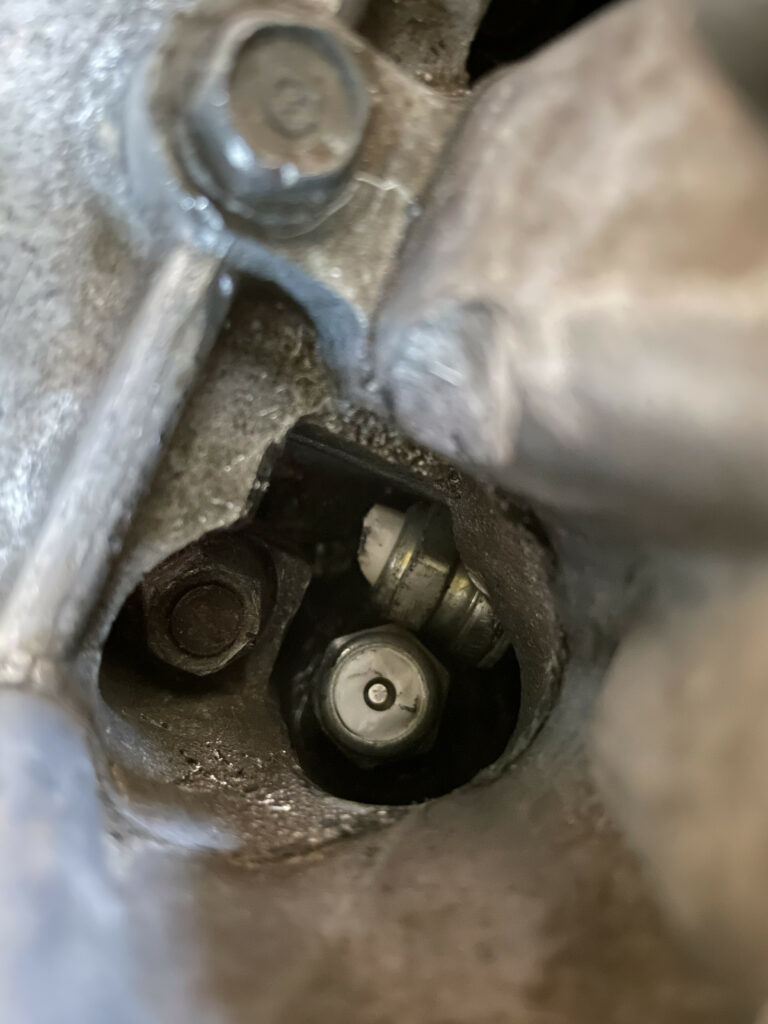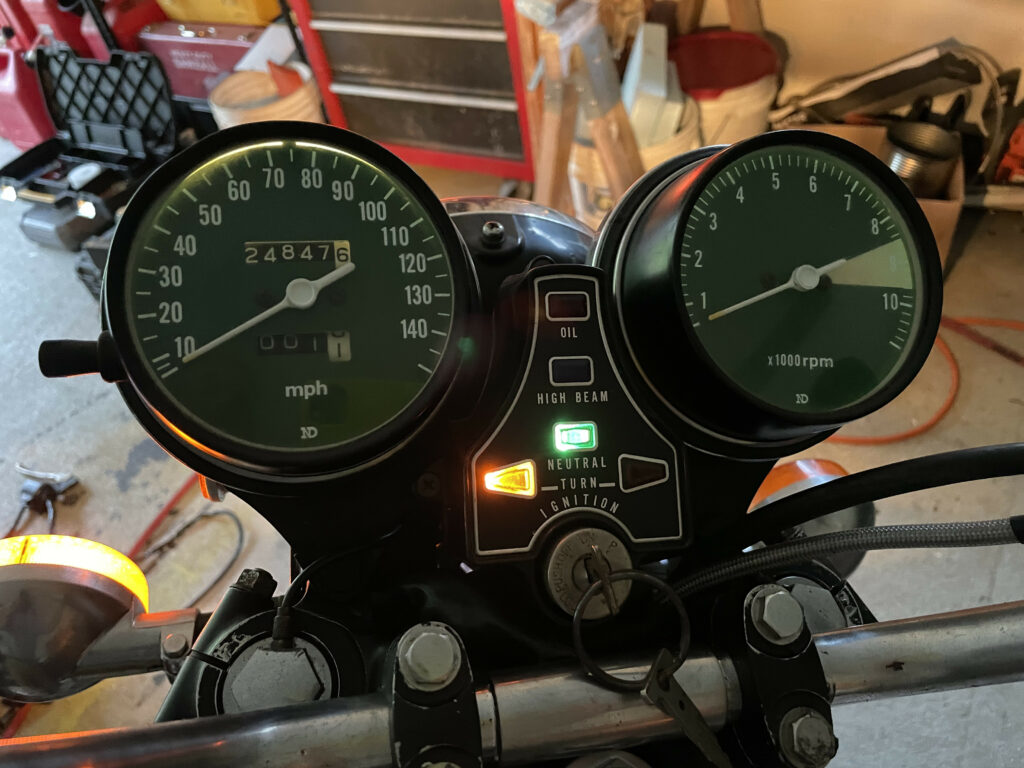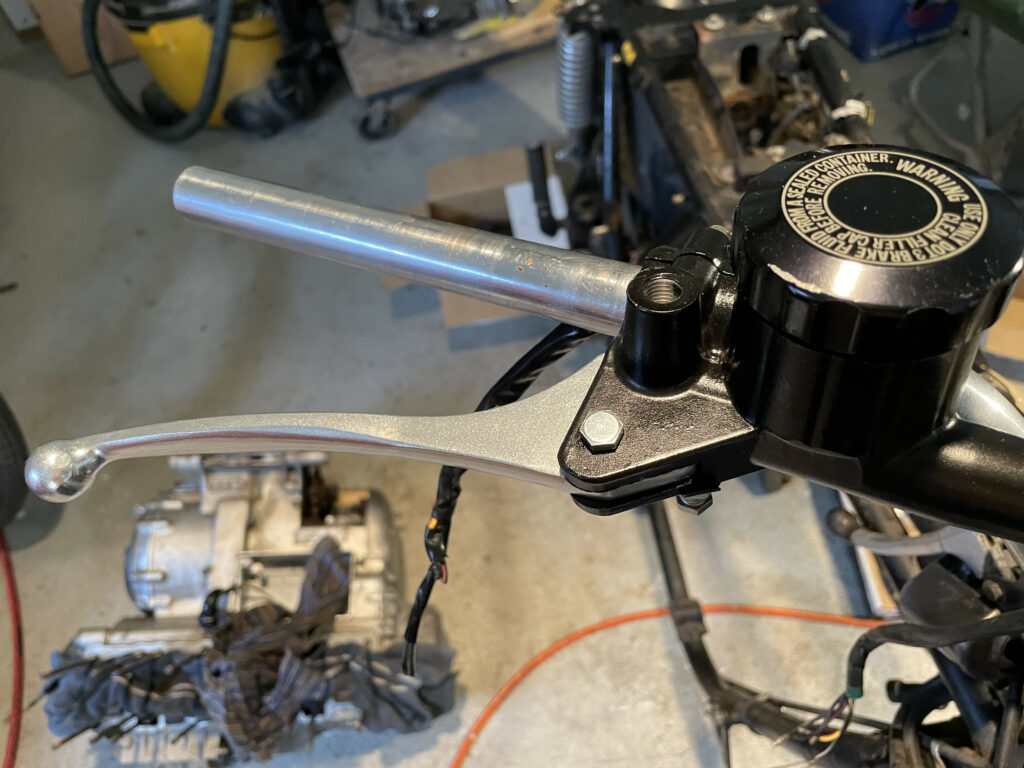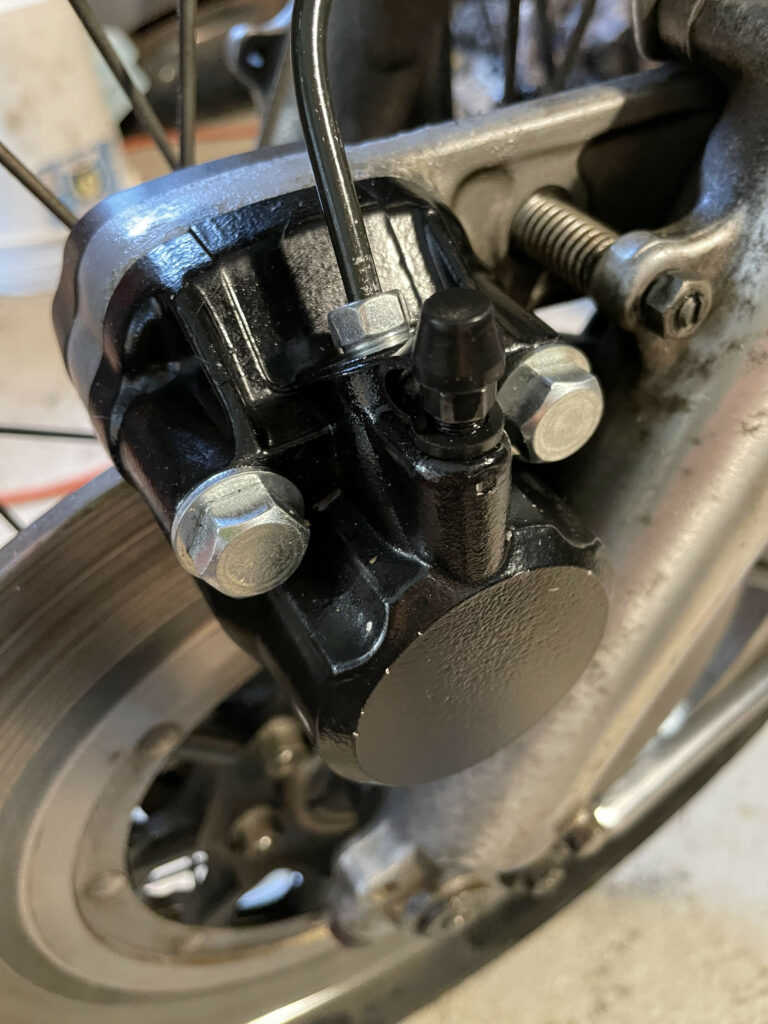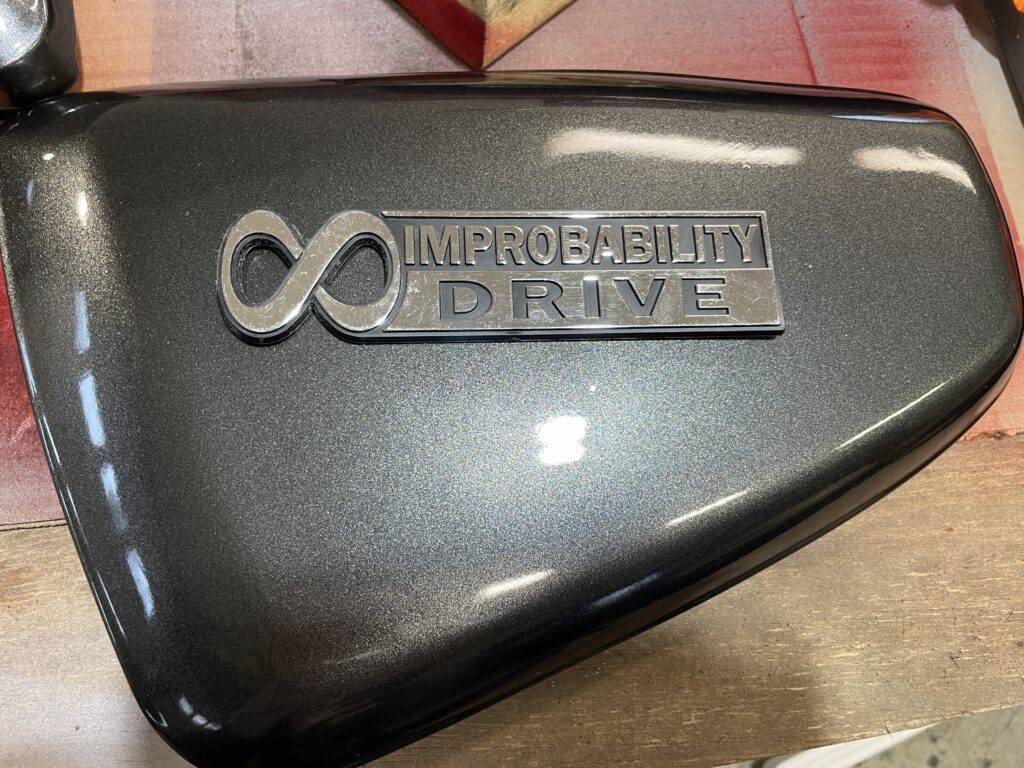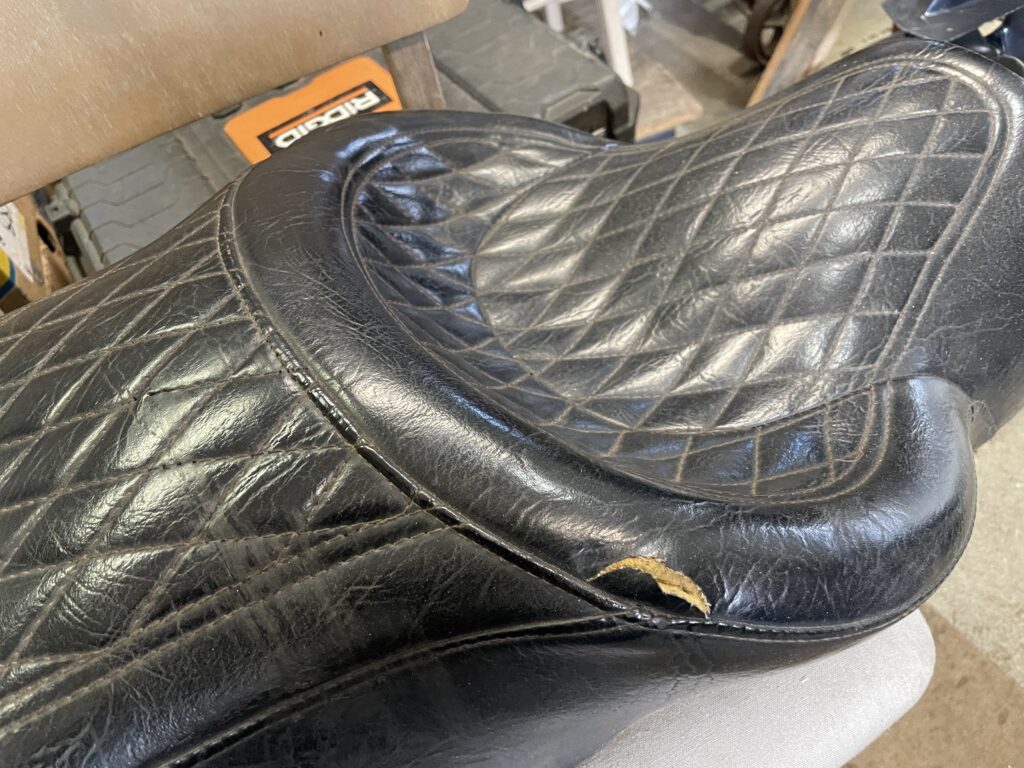
Introduction:
In the spring of 2021, I began restoring another motorcycle, a 1975 Honda CB750F Super Sport. This involved finding good parts, new or used, to use in the process. A few weeks after beginning the other project I found this 1976 Honda CB750F with a seized engine, located in Brunswick, ME. It seemed like a great fit because the parts were in great shape other than the engine. However, I discovered that this parts bike was in such good shape that it should be preserved rather than being disassembled for parts. So began the mechanical restoration and preservation of this bike.
I was met with many challenges and setbacks but ultimately got this one running using parts from the other bike I was working on. In addition, this bike was not meant to be fully restored to factory correct condition. Rather, my intent was to preserve as much of the originality of the bike while still preserving it character. Above all, I needed to ensure all systems were safe and reliable. Overall, I think this turned out well. Much of the originality is still there which maintains its heritage and makes it unique among restored or preserved bikes.
Acquisition & Cleanup:
Initially I removed the engine, cleaned, partially disassembled and assessed the condition of the bike. It turned out to be in much better condition than I expected. This involved a moderate amount of work and attention to detail when cleaning the components. Everything turned out to be in good working order including the center stand bushings and steering bearings. I did remove the handlebars and replaced them with the correct ones that would have been installed at the factory.
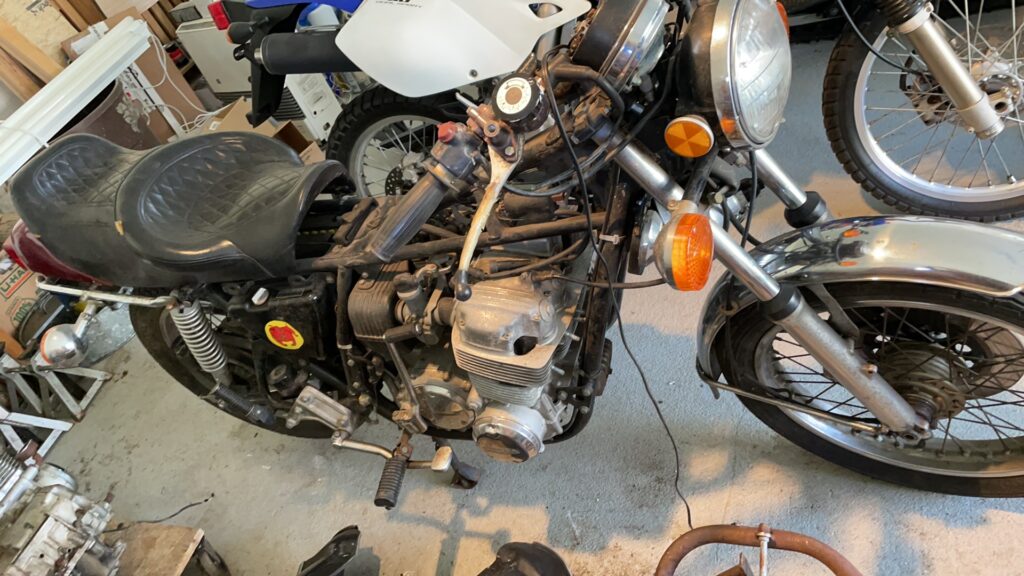
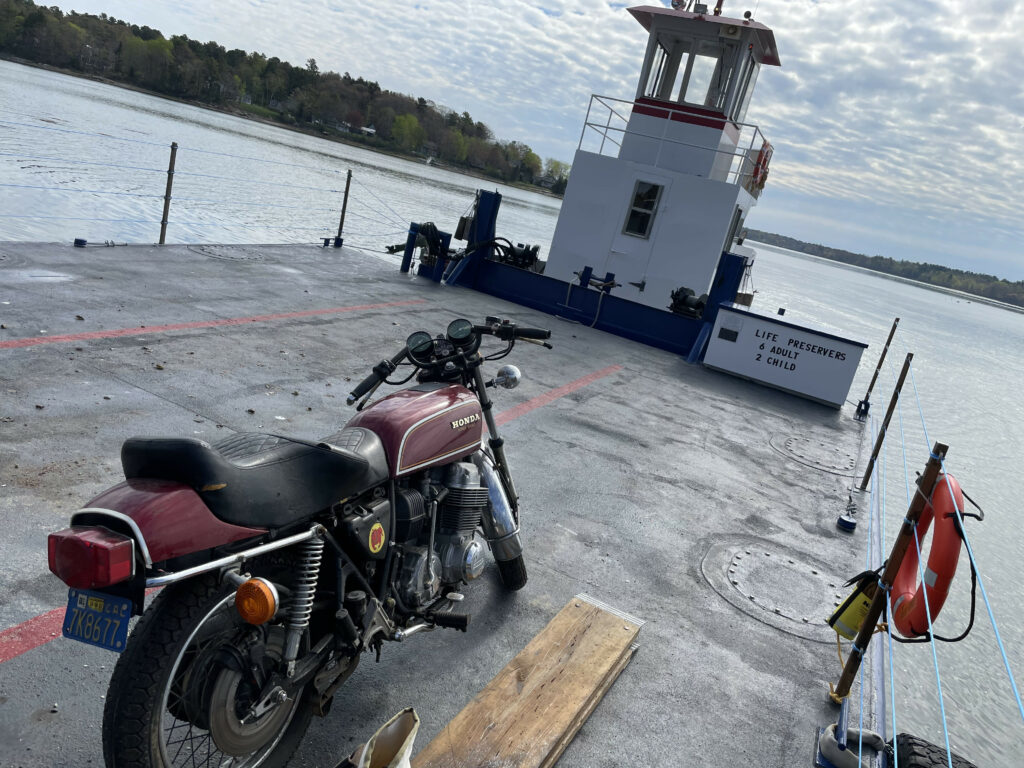
Frame & Mechanical:
The upper part of the engine was the major problem and was relatively easy to fix. However, it did not go as I expected. I had planned to install an 836cc Wiseco big bore kit but found damage to the cylinder block during assembly. Fortunately I was able to restore enough good parts from both bikes to properly assemble the pistons, cylinders and head with original components and was delighted at how well it ran during first startup. If you have never experienced the thrill of fixing something and then using it for the first time I highly recommend trying it. There is no substitute for the joy it brings to know that you put a mechanical device back to working order
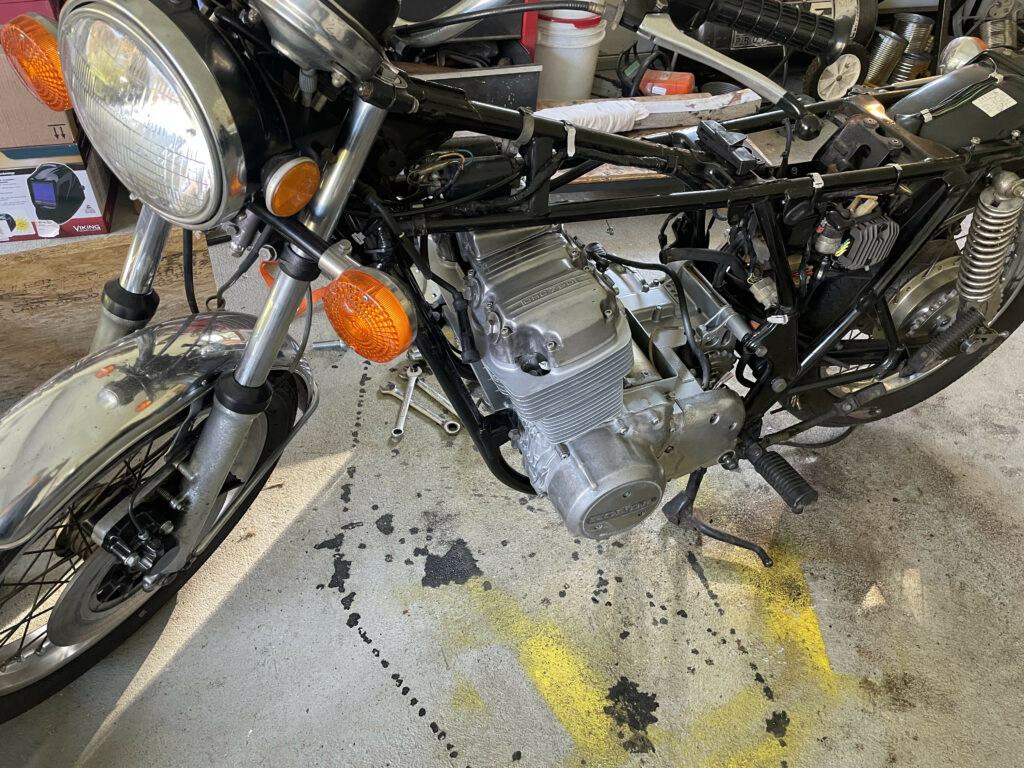
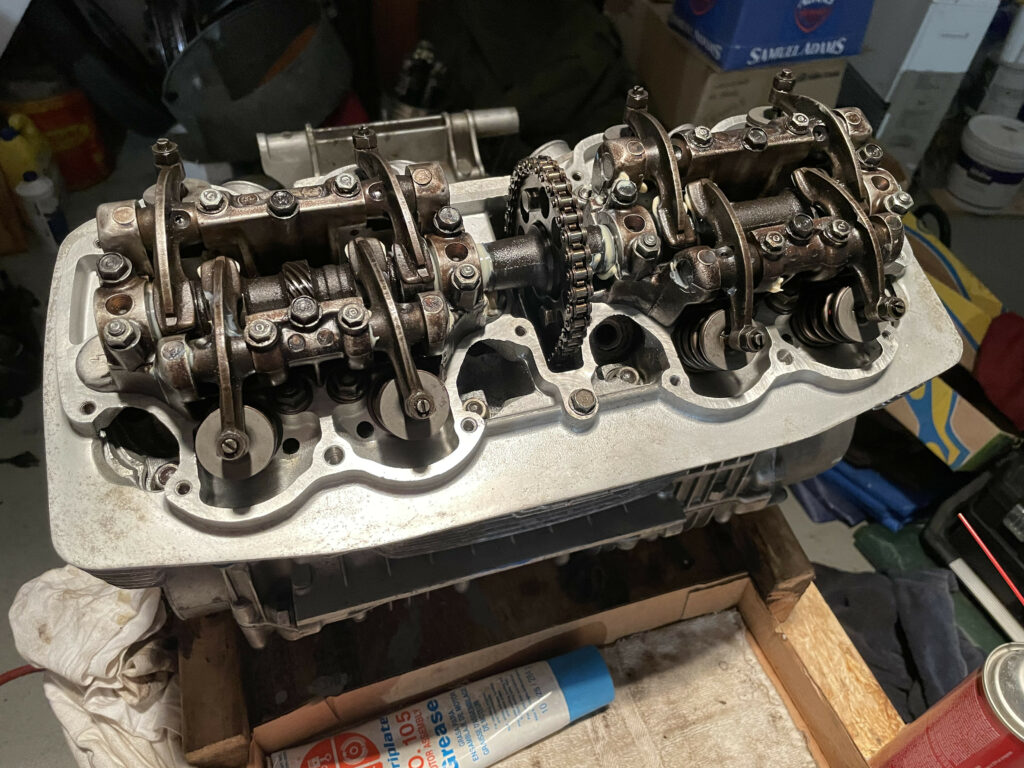
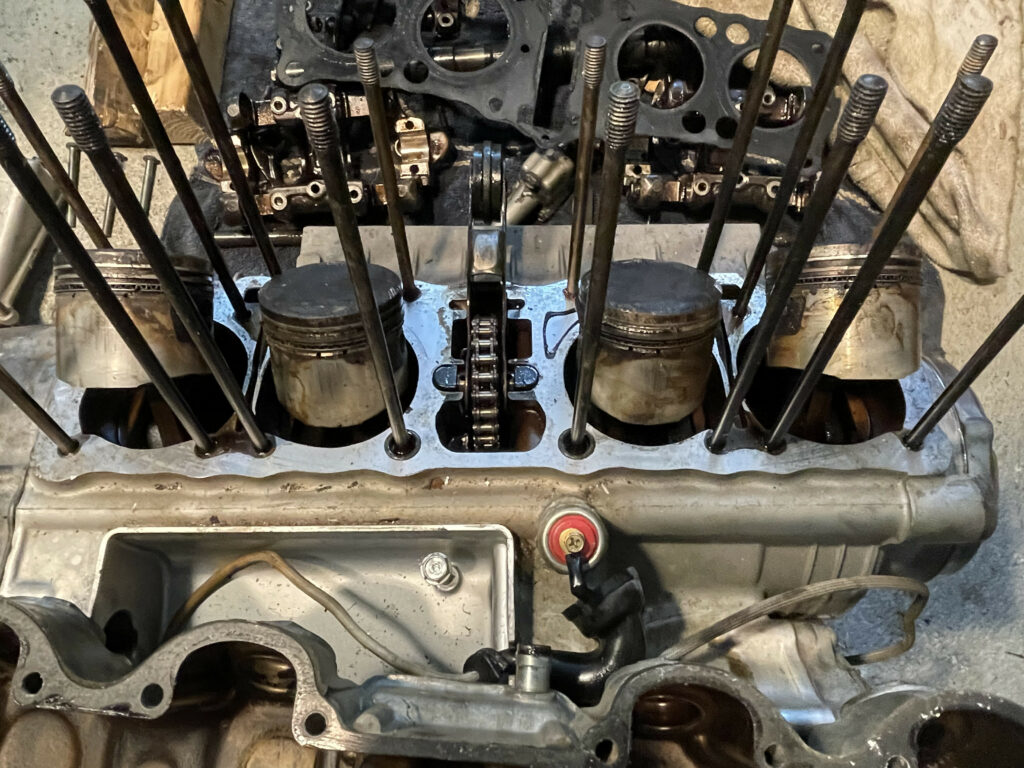
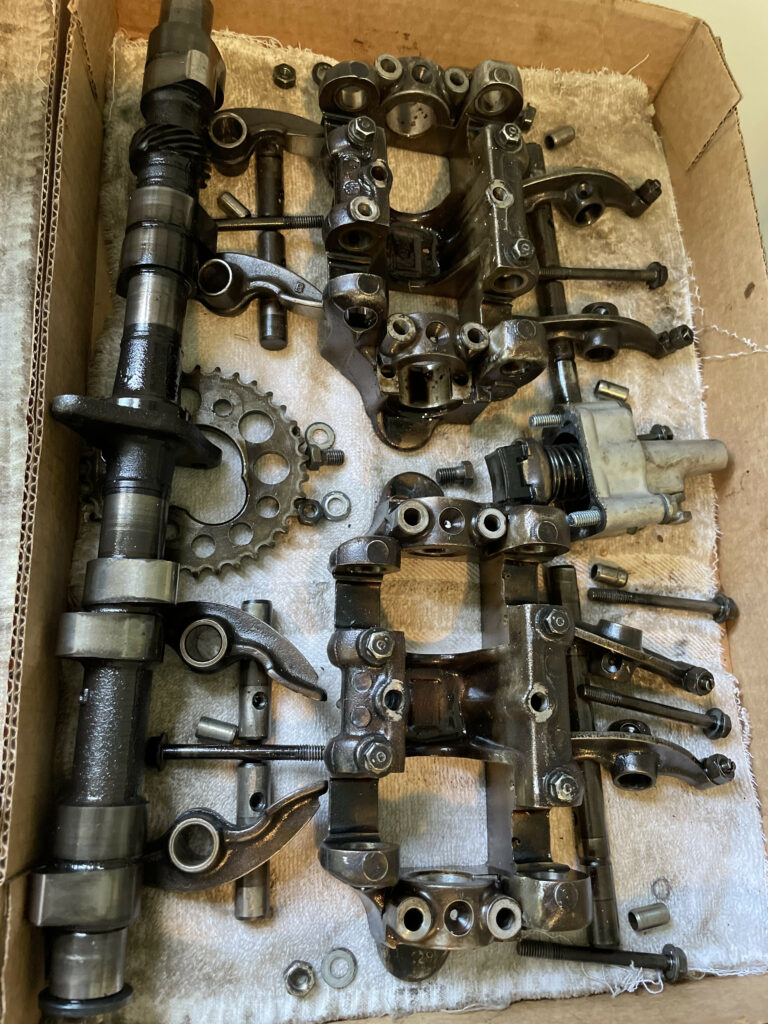
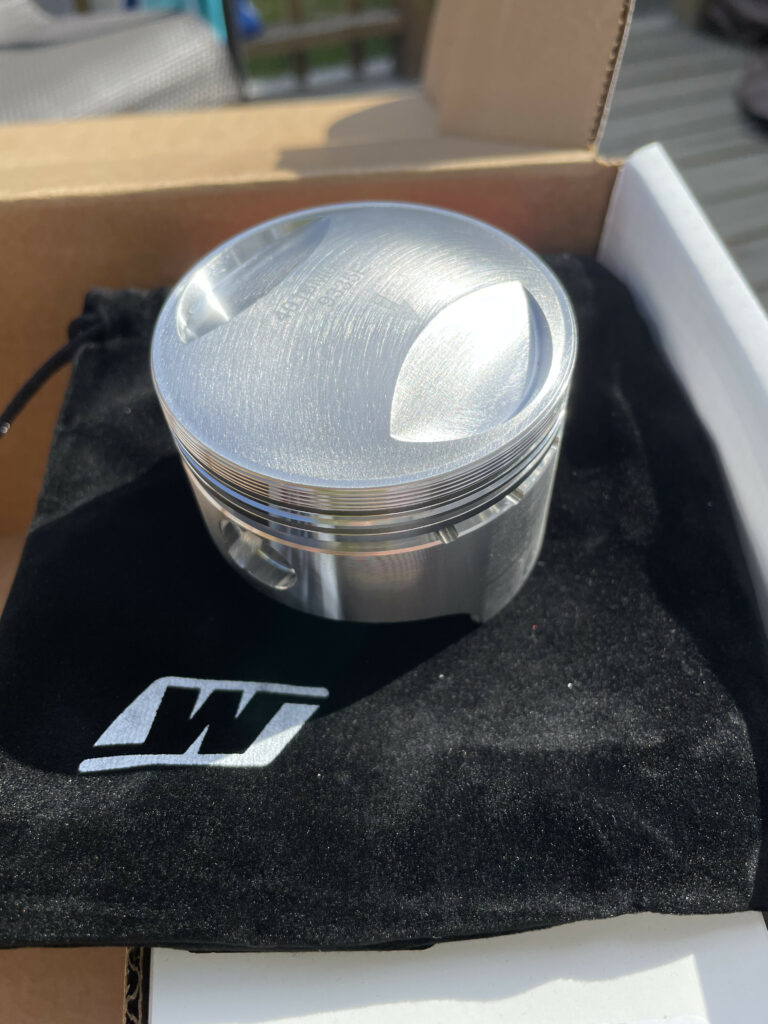
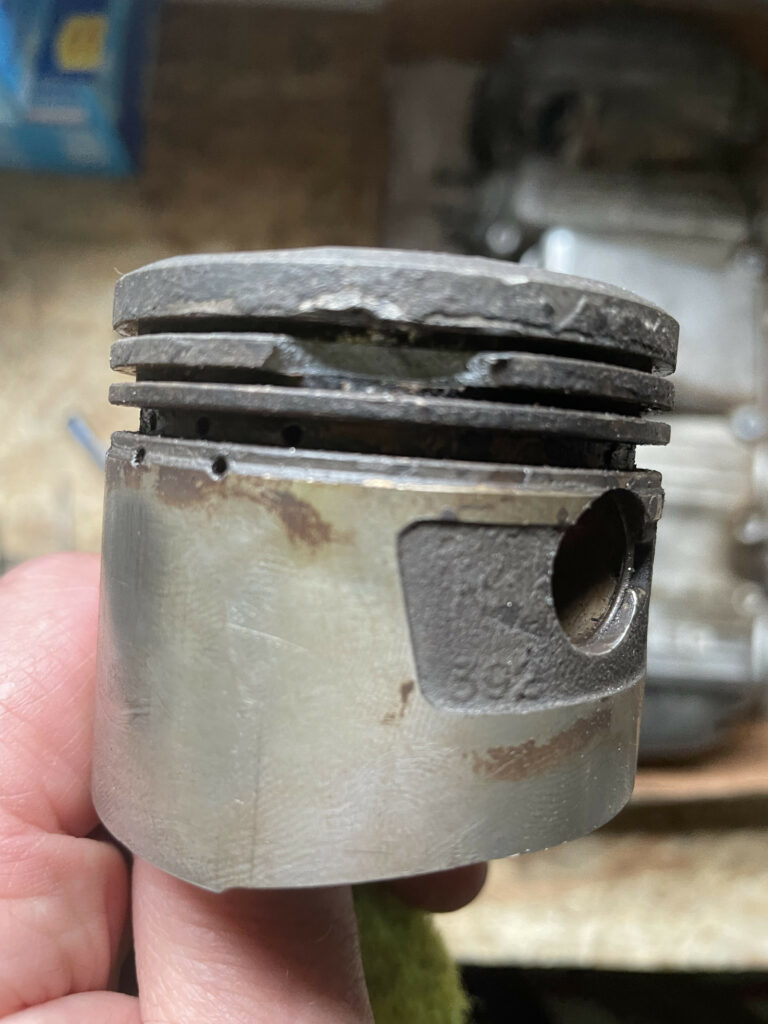
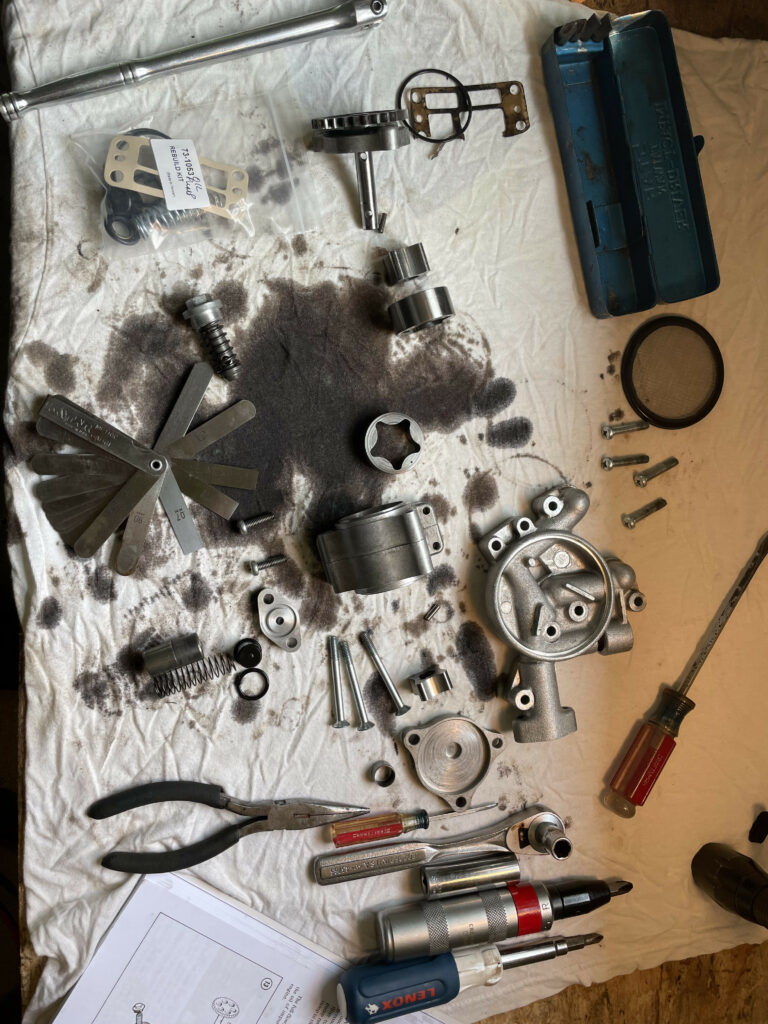
Electrical:
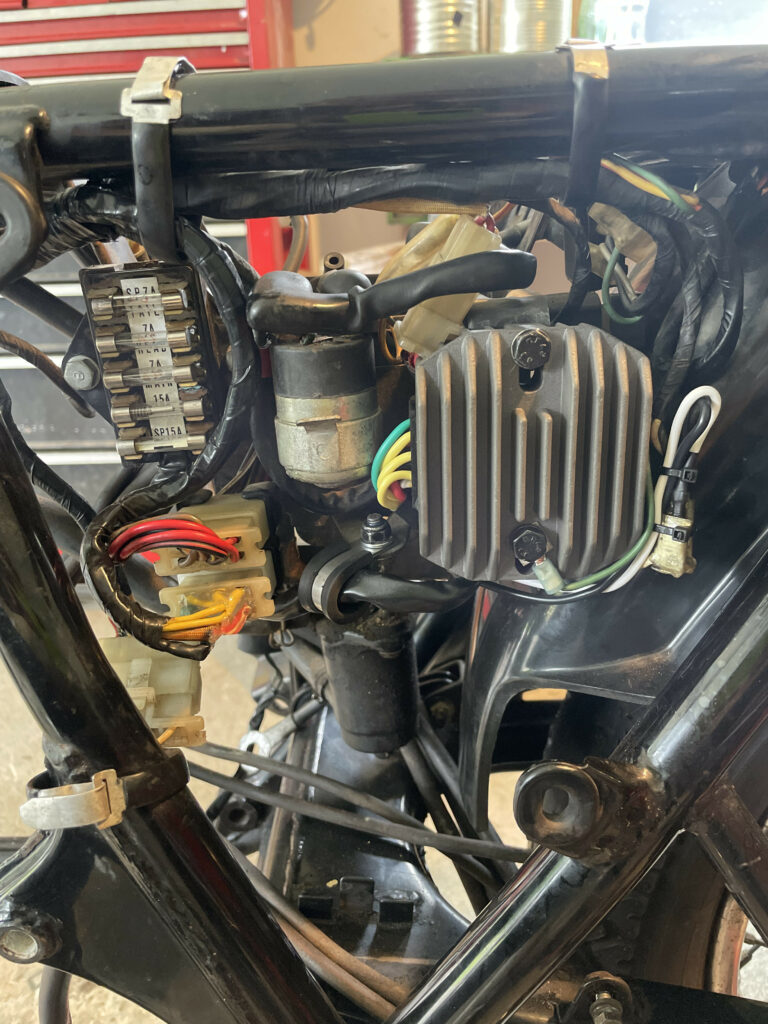
The wiring was old but generally in good shape. I discovered some burned wires in the harness which I carefully replaced, then re-wrapped the wiring bundle with electrical tape . Mostly what I found were burned were ground wires so I was careful to check all systems to ensure there were no dead shorts which would cause the damage to occur again. This was a tedious and time consuming job and required extreme attention to detail. Ultimately, I got all systems working properly without the need to replace the entire wiring harness. Later, I discovered that the battery would keep going dead when riding at low speeds. This is an inherent flaw in the original charging system design which does not put out enough voltage at low RPMs. I easily fixed this problem by replacing the entire charging system with a reproduction one from CycleX http://www.cyclexchange.net which was designed to charge the battery at all RPM levels. I cannot say enough good things about Kenny and CycleX, they are great!
Running Gear:
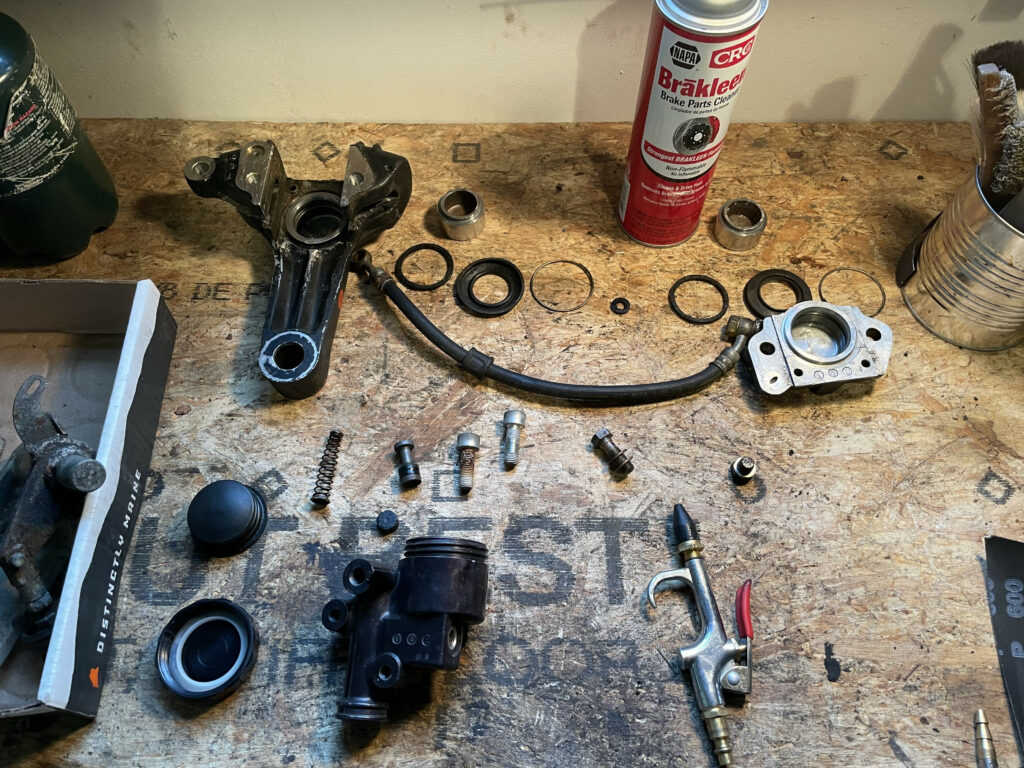
The running gear includes brakes, drivetrain and wheels. I was able to clean up the wheels, rebuild the braking systems and replace the gears & chain. This involved some WD40, #0000 steel wool and a lot of patience. I had one setback during the initial test ride which involved the rear master cylinder. This caused the rear brake caliper to lock up during the initial test ride. I discovered a tiny hole was plugged inside the rear master cylinder which allows the brake caliper to release after the brake is applied. This was a relatively quick fix and it works perfectly now.
Rolling Chasis:
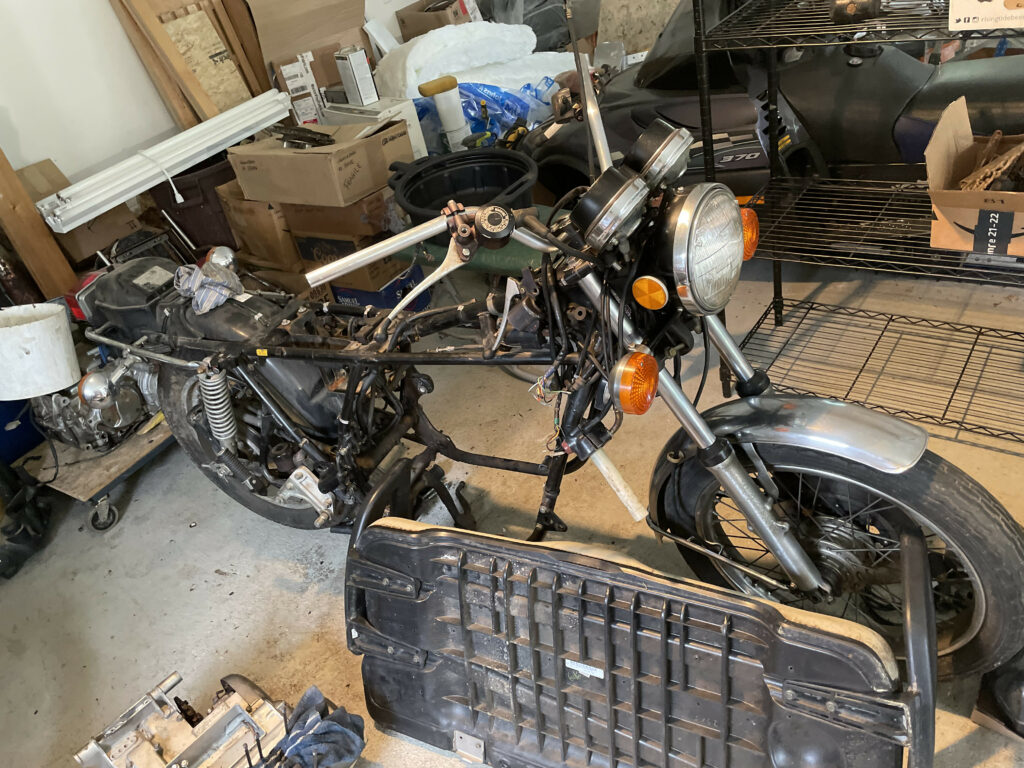
A rolling chassis is a motorcycle or car that has been assembled to the point where it can be rolled around on its own wheels and suspension. I reached this point quickly in the restoration process because the running gear remained on the frame for the most part. I only had to remove and repair those components and then had a working, rolling chassis. This is sometimes referred to as a rolling restoration.
Body Work:
The body work involved the repair and restoration of the gas tank and body panels. Initially I did the work myself on the tank but discovered that it was leaking, dripping gas on one of the exhaust pipes. I tried, unsuccessfully, to repair the tank myself and ultimately opted to send this out to Moyer Fuel Tank Renu http://www.gas-tank.com for a complete and thorough restoration. When it comes to gas tanks, it is wise to err on the side of caution. I was able to obtain and restore the proper seat trim and had this painted to match the tank and rear cowl. The painting was professionally done by Phoenix Cycle Shop in Westbrook, ME https://www.phoenixcycleshop.com .
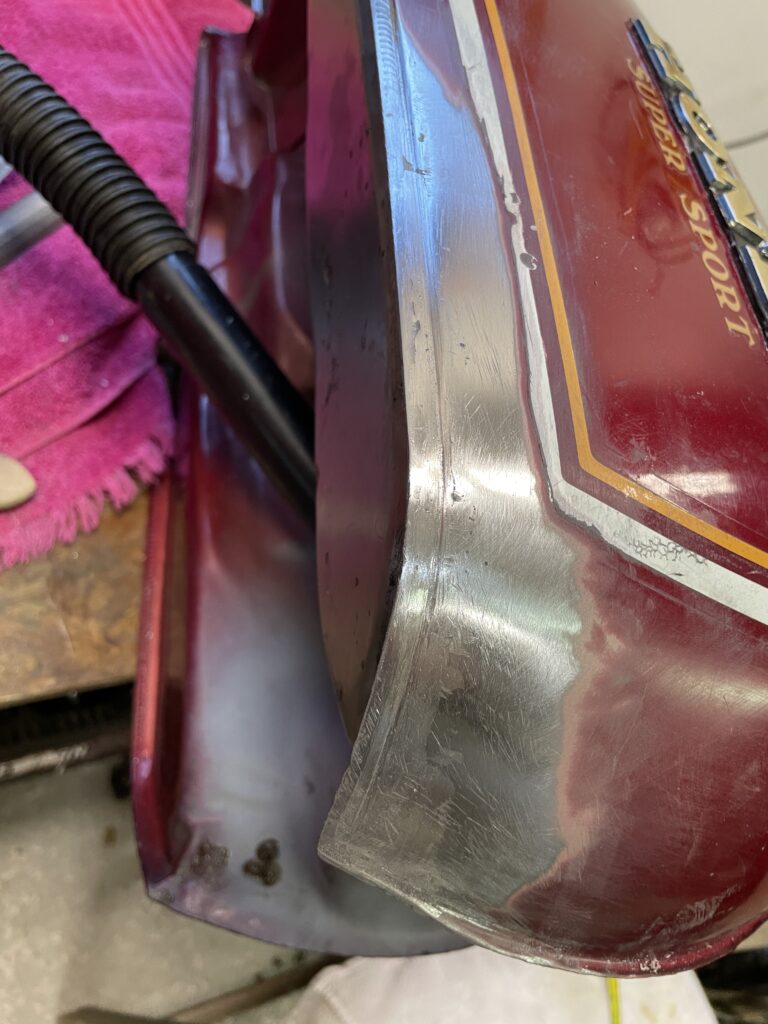
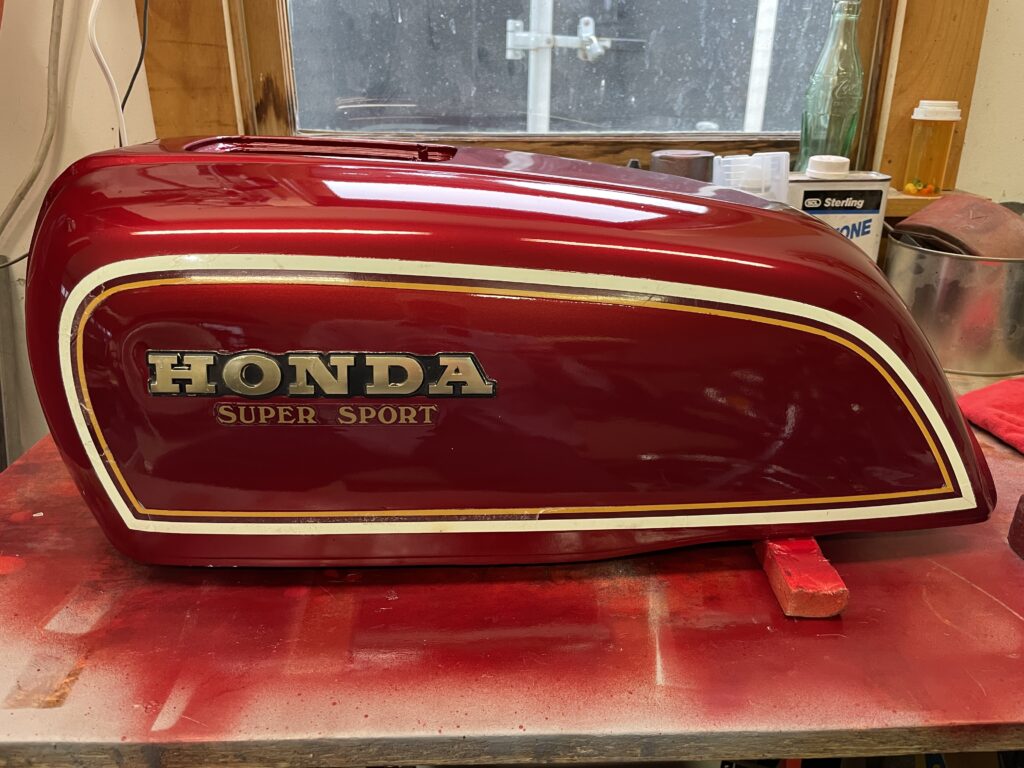
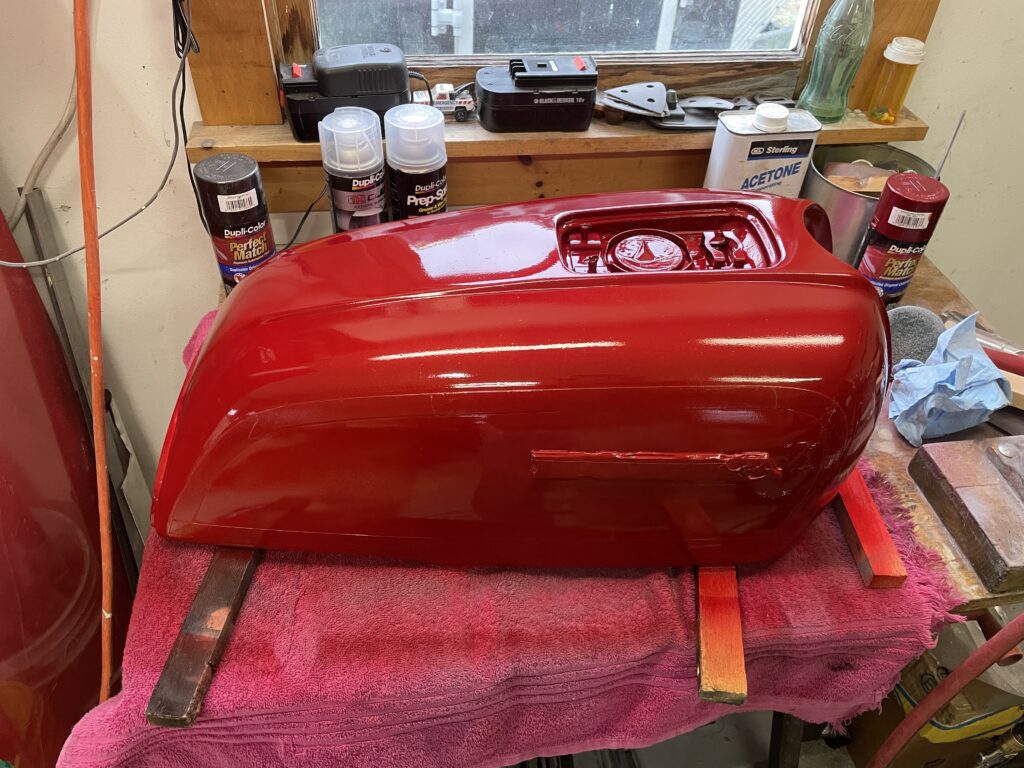
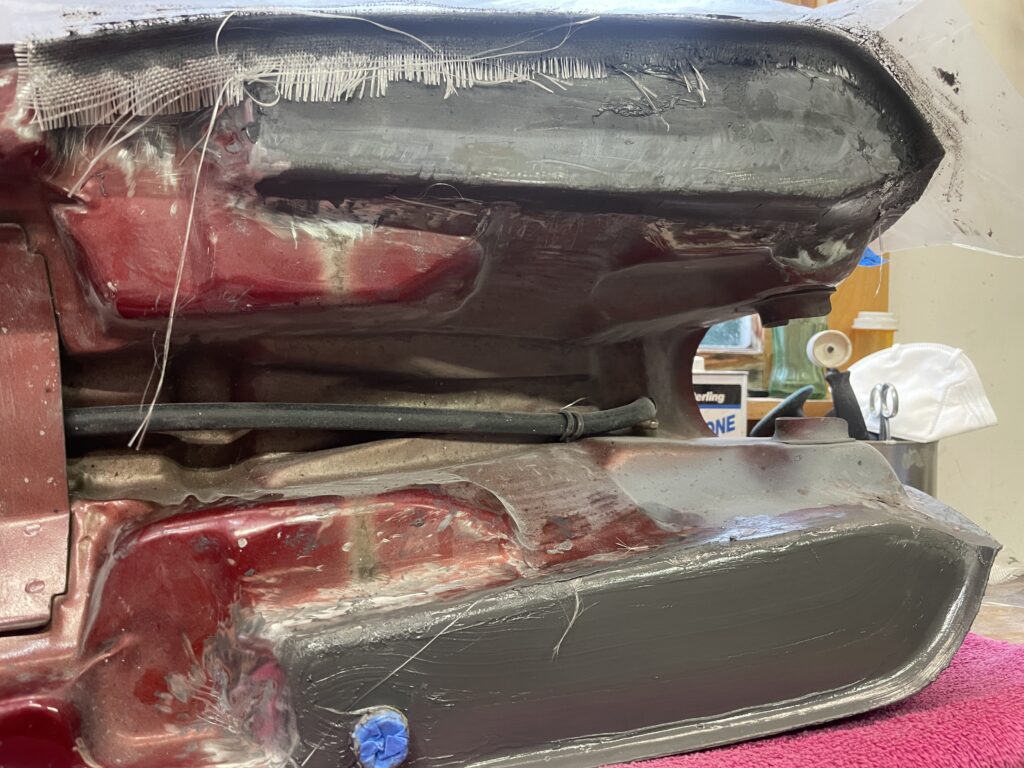
Engine and Final Assembly:
I decided to repair the engine myself. I initially decided to use a Wiseco big bore kit but ultimately rebuilt the top end with stock components from both bikes. The cylinder head was restored at a local machine shop in Saco, ME and all valve train components except the valves and valve guides are original. The engine went into the frame with relative ease and I proceeded to connect all electrical components, cables and hoses. I sent out the carbs to be completely reworked, and installed them back on the bike with original jetting. Finally, I connected the battery, rolled it over and, to my delight, it started right up on the first try. I have since had the engine evaluated and carbs synchronized by Phoenix Cycles. It has excellent compression and the bike runs exceptionally well, a fun machine to enjoy for long or short rides.
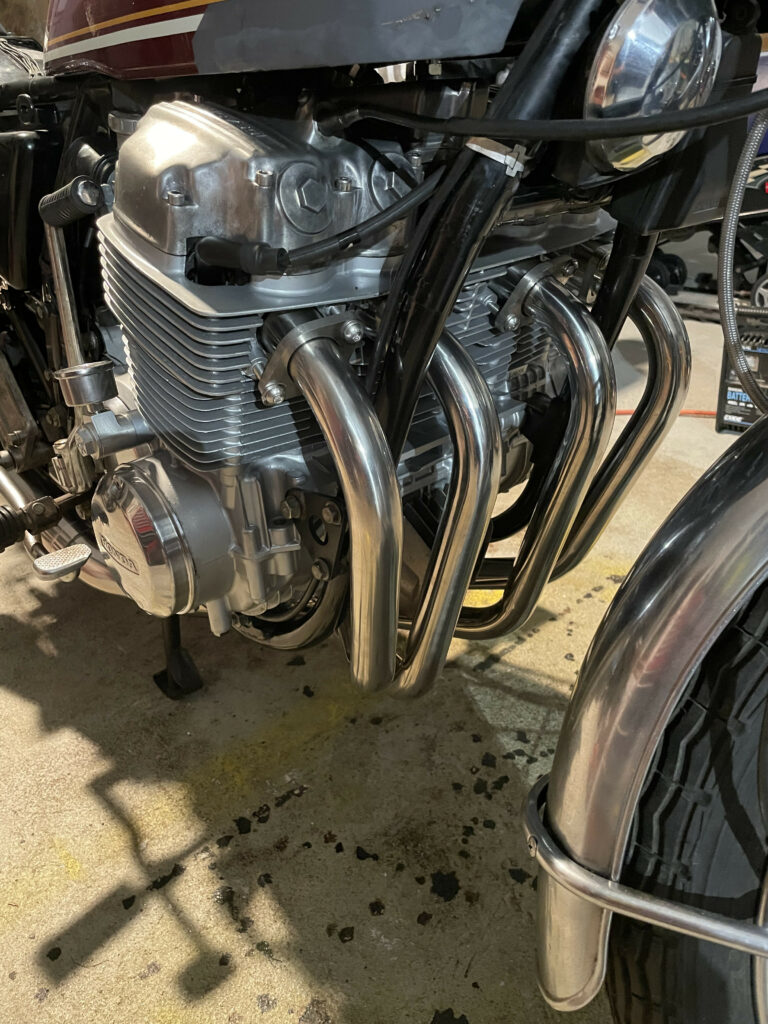
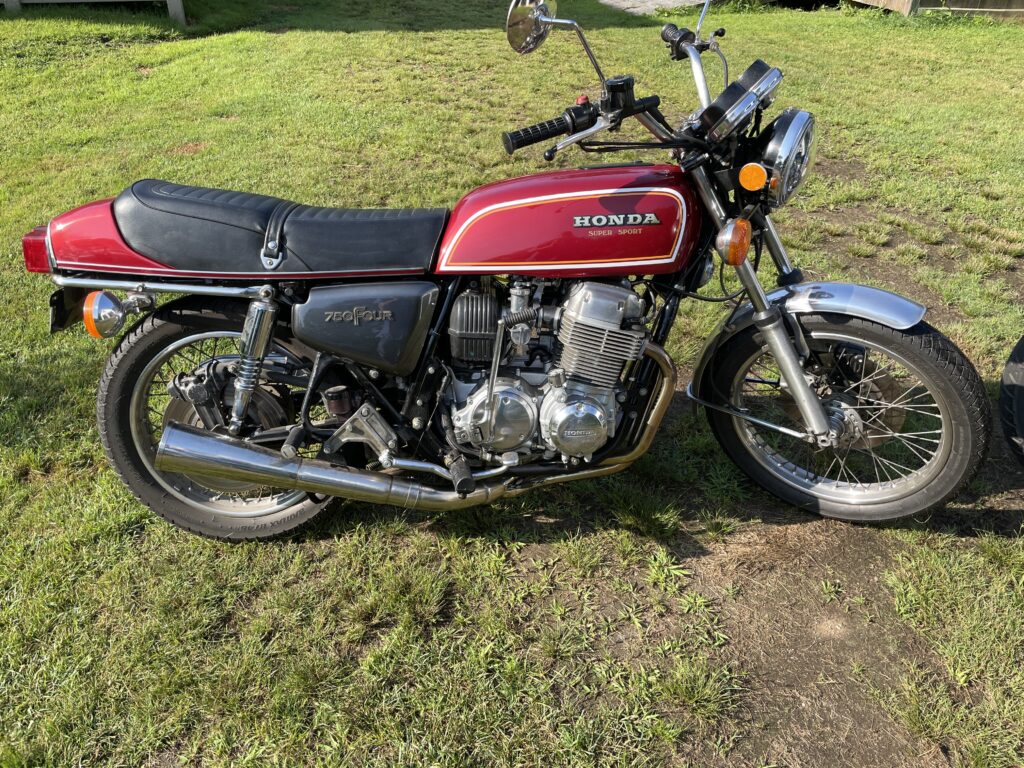
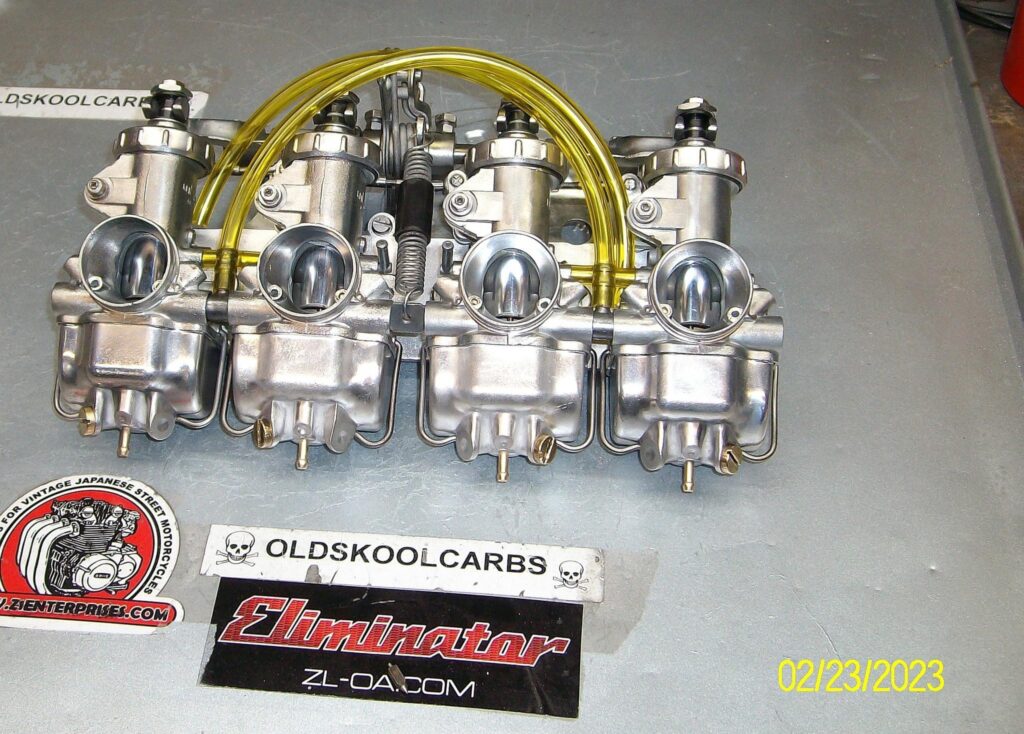
Conclusion:
There are no other details to attend to; all that remains is to enjoy riding this bike around Chebeague Island where I presently keep it. I will show this bike at the “Blood, Sweat & Gears” show in August, 2024, Westbrook, ME, sponsored by Phoenix Cycles. I enjoy the opportunity to ride this bike on the mainland where I am able to go on longer rides. This preservation project was fun and interesting, it was a lot different from the full restoration process and not nearly as expensive. I am completely satisfied with the results and have a nice “daily driver” to use whenever I want. I will also not likely see the return on my investment which is now in approximately $7000. However, like the other project, it kept me busy during COVID and helped me to focus on other things. For this, the project was entirely worthwhile, fulfilling and fun!
Additional Photos:
